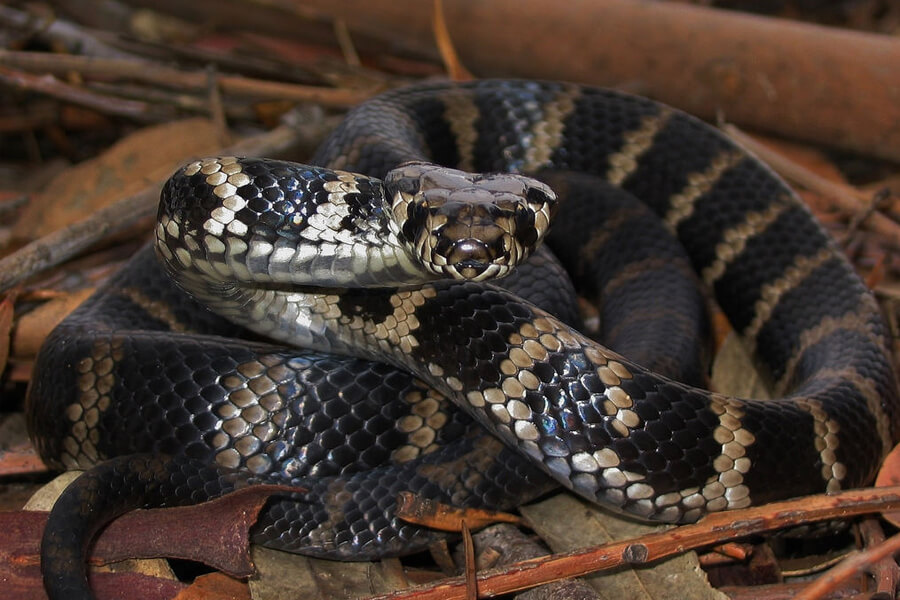Introduction
Encountering a serpent in the wild can be both electrifying and terrifying, especially if that serpent is understood for its powerful venom. In Australia, the tiger serpent Are common tree snake venomous is among the most infamous and poisonous serpents, making it necessary for outside lovers to comprehend just how to recognize them and identify the signs and symptoms of their bites. This comprehensive guide will certainly explore every little thing pertaining to tiger serpent encounters, focusing specifically on determining symptoms from a bite, first aid steps, and comprehending their habitat.
Snake Bite Signs and symptoms: How to Determine a Tiger Snake Encounter
When reviewing snake bite symptoms, it's critical to concentrate on how these signs and symptoms provide themselves after a tiger serpent experience. The tiger snake (Notechis scutatus) is very concerned for its aggressive nature when intimidated and its potent venom, which can cause extreme responses in humans.
What Does a Tiger Serpent Look Like?
Before we dive deeper into bite symptoms, understanding what a tiger snake resembles is essential for recognition:
- Coloration: Tiger serpents are normally banded with yellow or brown stripes against a darker backdrop. Size: They can mature to 2.5 meters in length. Head Forming: Their heads are broad compared to their necks. Behavior: Commonly found basking or swimming; they might display an aggressive posture when threatened.
Understanding these features can aid you recognize a tiger snake prior to an encounter escalates.
Are Tiger Snakes Venomous?
Absolutely! Tiger serpents are undoubtedly poisonous. Their poison consists of neurotoxins that can trigger paralysis and coagulopathy-- essentially interrupting blood clot systems. These factors make their bites incredibly dangerous.
Recognizing Tiger Snake Attack Symptoms
Immediate Indicators of a Serpent Bite
The onset of symptoms after being bitten by a tiger serpent can differ based on a number of elements:
Initial Discomfort: An abrupt sharp pain at the bite website commonly occurs. Swelling: Swelling may develop around the area. Discoloration: Bruising or redness could comply with as the body reacts to the venom. Systemic Signs and symptoms: Nausea, throwing up, migraine, sweating, and problem breathing may manifest as the venom spreads.Local Results of Tiger Serpent Bites
Local impacts mainly include:
- Rapid swelling at the site Severe tenderness Possible blistering or death if untreated
Systemic Impacts of Tiger Snake Bites
Systemic effects incorporate broader symptoms affecting various body systems:
- Neurological Symptoms: Wooziness, complication, or numbness might show neurotoxic effects. Cardiovascular Signs and symptoms: Changing heart prices might indicate significant systemic involvement.
Recognizing these immediate indicators can be crucial for timely clinical intervention.
What To Do If Bitten by a Tiger Snake?
First Help for Snake Bites
Knowing just how to carry out first aid can be lifesaving when handling possible tiger serpent bites.
Stay Tranquility: Keeping one's cool aids slow venom spread. Immobilize Influenced Limb: Keep it still and listed below heart level. Seek Immediate Medical Focus: Call emergency services or reach the healthcare facility as quickly as possible.Important Note: Never attempt to suck out the venom or apply ice directly on the wound; this might aggravate cells damage.
Creating Your Emergency treatment Package for Serpent Bites
A thorough first aid kit ought to include products especially beneficial for taking care of snake attacks:
|Product|Objective|| -------------------------------|------------------------------------------|| Compression Bandage|To incapacitate limb|| Antihistamines|For allergies|| Pain Relievers|Manage discomfort till medical aid gets keelback here|| Emergency Call Information|In situation of severe reaction|
First Aid Set Essentials for Australian Snakes
Ensure your kit likewise includes certain things appropriate to Australian settings:
Antivenom info card Clean cloths Emergency numbers
Understanding Tiger Snake Habitat
Where Do Tiger Snakes Live?
Tiger serpents are commonly found in numerous habitats throughout Australia, including:
- Coastal regions Swamps and wetlands Grasslands
They prefer areas with adequate supply of water and plant life cover where they can hunt effectively.
Tiger Serpents in Tasmania
Tasmanian tiger snakes display distinct qualities such as variations in color and dimension contrasted to mainland populations because of environmental adaptations.
Prevention Is Much better Than Cure: Avoiding Encounters with Tiger Snakes
Safety Tips When Outdoors
When venturing into locations known for tiger snakes:

By taking preventative measures seriously, you reduce your threat of an encounter altogether.
FAQs about Tiger Snakes
Q1: What do I do if I see a tiger snake? If you encounter one, remain calm; back away slowly without transforming your back on it-- stay clear of provoking it eastern brown snake habitat further.
Q2: How much time does it consider symptoms from a bite to show? Signs and symptoms usually appear within mins yet can differ based on individual reactions.
Q3: Can I use ice bag on a snake bite? No! Applying ice bag might trigger more injury than good by intensifying cells damages around the bite area.
Q4: Are baby tiger snakes less dangerous? Yes, yet infant tiger snakes still possess venom capable of causing injury; caution is always advised despite size.
Q5: Where can I discover antivenom therapy in Australia? Most health centers have accessibility to antivenom for typical Australian snakes; it's important to reach medical support quickly after a bite.
Q6: How fatal are tiger snake bites? Without punctual medical treatment, casualties can take place; nonetheless, early treatment substantially enhances outcomes.

Conclusion
Understanding how to identify and respond to a prospective tiger snake experience is vital not only for personal security yet likewise for promoting regard towards these remarkable creatures that inhabit our environments. With understanding concerning their looks, behaviors, environments, and efficient emergency treatment methods available-- you're currently better outfitted than ever!
By adhering strictly to safety protocols while enjoying Australia's abundant natural beauty, you decrease risks connected with wild animals encounters while ensuring preparedness ought to an unfavorable case happen-- a true testimony that expertise is power!
Remember that remaining notified concerning regional wildlife will always boost your outside experiences while maintaining risks at bay!
